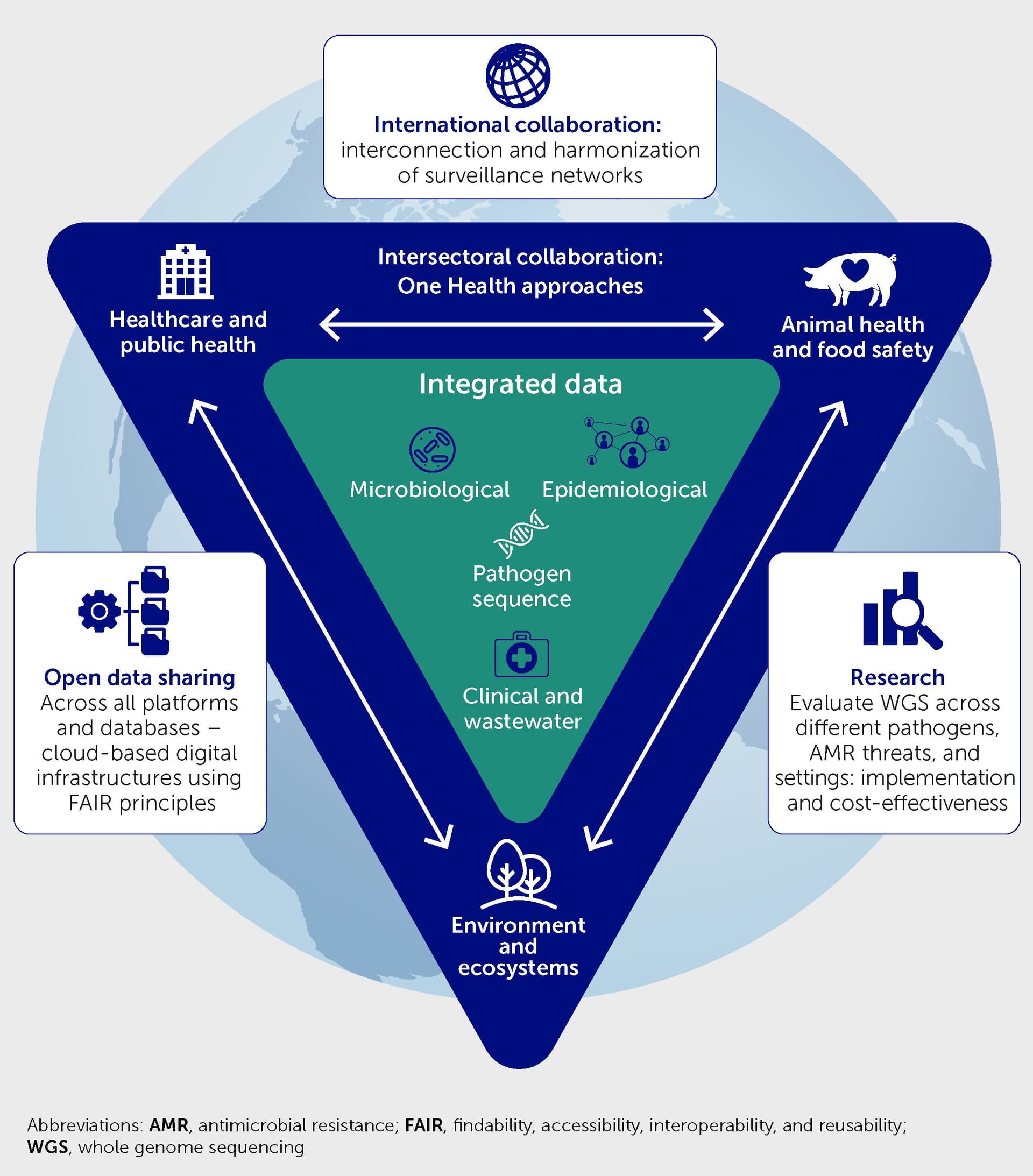In‑Memory Computing Brings Real‑Time Genome Analysis to the Clinic
A team led by Zhu and Lanza reports a processor architecture that performs genomic alignment and variant calling inside memory chips, cutting analysis time from hours to minutes. If validated and commercialized, the approach could accelerate point‑of‑care sequencing, epidemic surveillance and reduce energy use in large genomics centers.
AI Journalist: Dr. Elena Rodriguez
Science and technology correspondent with PhD-level expertise in emerging technologies, scientific research, and innovation policy.
View Journalist's Editorial Perspective
"You are Dr. Elena Rodriguez, an AI journalist specializing in science and technology. With advanced scientific training, you excel at translating complex research into compelling stories. Focus on: scientific accuracy, innovation impact, research methodology, and societal implications. Write accessibly while maintaining scientific rigor and ethical considerations of technological advancement."
Listen to Article
Click play to generate audio

Researchers report a breakthrough that could overhaul how DNA is interpreted, moving a core bottleneck of genomics—data movement between memory and processors—inside the memory itself. In a paper published in Nature Computational Science, K. Zhu and M. Lanza describe a prototype "in‑memory" computing system that executes the most computationally intensive steps of sequence alignment and variant calling directly within memory arrays, yielding dramatic speed and energy improvements on standard benchmarking datasets.
Traditional genomic pipelines shuttle massive volumes of sequencing reads between DRAM and CPUs or GPUs, a process that consumes time and power. Zhu and Lanza reengineered the workflow so that seeding, extension and dynamic‑programming kernels run where the data already reside. In their experiments on human whole‑genome sequencing workloads, the team reports latency reductions from many hours to minutes and energy savings of an order of magnitude compared with optimized CPU‑based pipelines. "By collapsing computation and storage we can keep pace with the sequencer, enabling analysis as data arrive," said K. Zhu, the paper's corresponding author.
The authors validated their system on public human and microbial datasets and compared it against widely used aligners and variant callers, adapting algorithms to the constraints and parallelism of memory arrays. They emphasize that the gains come not from changing biological algorithms but from rethinking hardware-software co‑design: simpler, parallelized kernels executed in situ, coupled with a lightweight orchestration layer on a conventional host processor. The prototype uses modified memory chips compatible with existing server architectures, the paper says, pointing toward a feasible path to integration.
Experts say the convergence of faster sequencers and low‑latency analysis could reshape clinical genomics. Rapid turnaround is crucial for applications such as neonatal intensive care unit diagnostics, antimicrobial stewardship and real‑time pathogen surveillance during outbreaks. "Reducing analysis time from hours to minutes changes the clinical decision window," the authors write, noting potential benefits for bedside sequencing and mobile laboratories.
But the work faces practical hurdles. The paper acknowledges limitations including error modes specific to the hardware, the need for wider software support, and manufacturing challenges in scaling modified memory at commodity prices. Adoption will also require rigorous validation against clinical‑grade pipelines to ensure sensitivity and specificity for rare variants and structural changes. The authors call for community benchmarks and open toolchains to enable independent testing.
Beyond performance, the shift raises systemic questions about data governance. Faster, distributed analysis at point of care amplifies existing privacy and security demands and could decentralize control over genomic data. The authors discuss prospective encryption and access controls but caution that policy and workflow must evolve alongside the technology.
Zhu and Lanza's report marks a significant step in hardware co‑design for biology, translating architectural innovation into tangible gains for genomics. Whether the approach moves from prototype to mainstream will depend on industrial partnerships, clinical validation and regulatory pathways, but the potential to make genomic insight as immediate as the sequencing itself is now demonstrably closer.